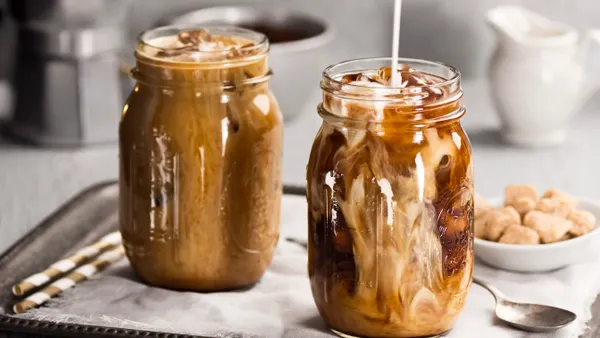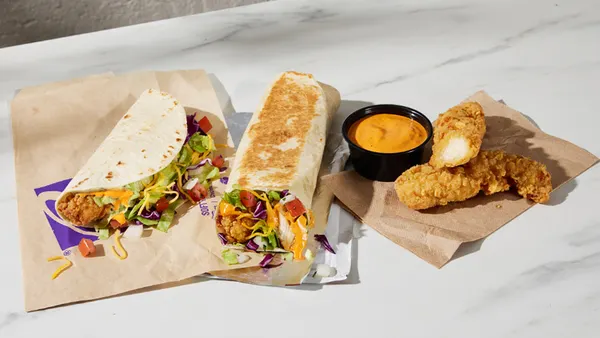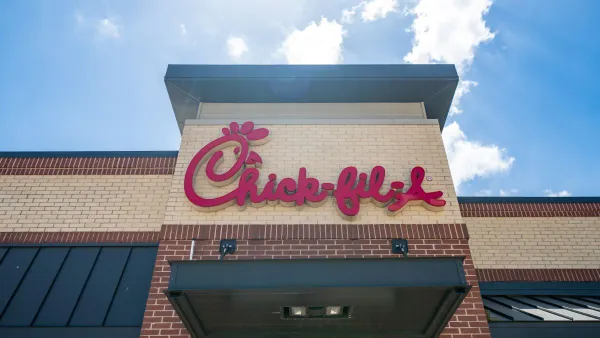Dive Brief:
- Pent up demand and shifting consumer choice could provide a boost to restaurants even as the industry faces significant economic headwinds, Hudson Riehle, SVP of the National Restaurant Association's research and knowledge group, said at DoorDash's second annual Main Street Strong Conference on Wednesday. Over 90% of consumers reported wanting to use restaurants in their daily lives, Riehle said.
- About 47% of diners aren’t eating on premise as often as they would like, and about one-third of consumers said the same about off-premise dining, according to NRA data.
- Other NRA data showed customers wanted restaurants to deploy additional technology and offer more outdoor seating, indicating that many diners want pandemic adaptations to stay.
Dive Insight:
While diner demand for restaurant experiences is strong and could help full-service restaurants recover from a tumultuous 18 months, unfavorable macroeconomic conditions abound, Riehle said. High inflation, supply chain problems, labor shortages and a dip in diner spending money could undermine the industry's progress.
Riehle notes the challenge is income levels. "As that stimulus wears off, we're actually looking for a real disposable income to drop 1% to 2%," he said.
In Q1 2021, when the seasonally adjusted, annual disposable U.S. income topped $17.2 trillion, consumer disposable income was about $2.3 trillion higher compared to 2019. But as federal programs, including unemployment insurance, ended and the American Rescue Plan’s one-time stimulus faded, annual disposable income has fallen to an estimated $15.7 trillion, according to statistics from the Bureau of Economic Analysis.
Restaurants are bracing for a long road to recovery. According to an NRA survey of 4,000 restaurant operators conducted in September, 44% of operators believe business conditions won't return to normal for at least another year, while 19% don't think conditions will ever return to normal.
But investing in technology that caters to changing diner preferences and behaviors could help restaurants improve business even as market conditions remain in flux.
"Consumers are seeking more technology in their restaurant experience. They're looking for it, mainly in the ordering and payment, making it easier to improve service or increase convenience," Riehle said.
He emphasized consumers weren't looking for especially complicated solutions, but are instead mostly interested in accessing information including menus, locations and hours, as well as having more online ordering options. At least 52% of diners, according to a 2021 mid-year NRA report, want restaurants to deploy more technology to make ordering and paying easier.
Still, there could be opportunities with operational experimentation — around 55% of adults surveyed by the NRA in December 2020 said they would be willing to subscribe to their favorite restaurant meals, Riehle said.
Other adaptations to COVID-19 restrictions, like outdoor seating, have also become lasting features of the restaurant experience.
"Consumers are looking for more outdoor seating options," Riehle said. "And one thing that [the] pandemic has done is make it quite clear that consumers like to have outdoor dining, granted, in certain areas due to the weather conditions."
Consumers, particularly millennials, have also reacted well to the increased availability of alcohol with delivery and takeout orders, Riehle said. Off-premise dining actually grew as a share of sales from July 2020, when it accounted for 70% of restaurant traffic, to July 2021, when it accounted for 80% of traffic.














